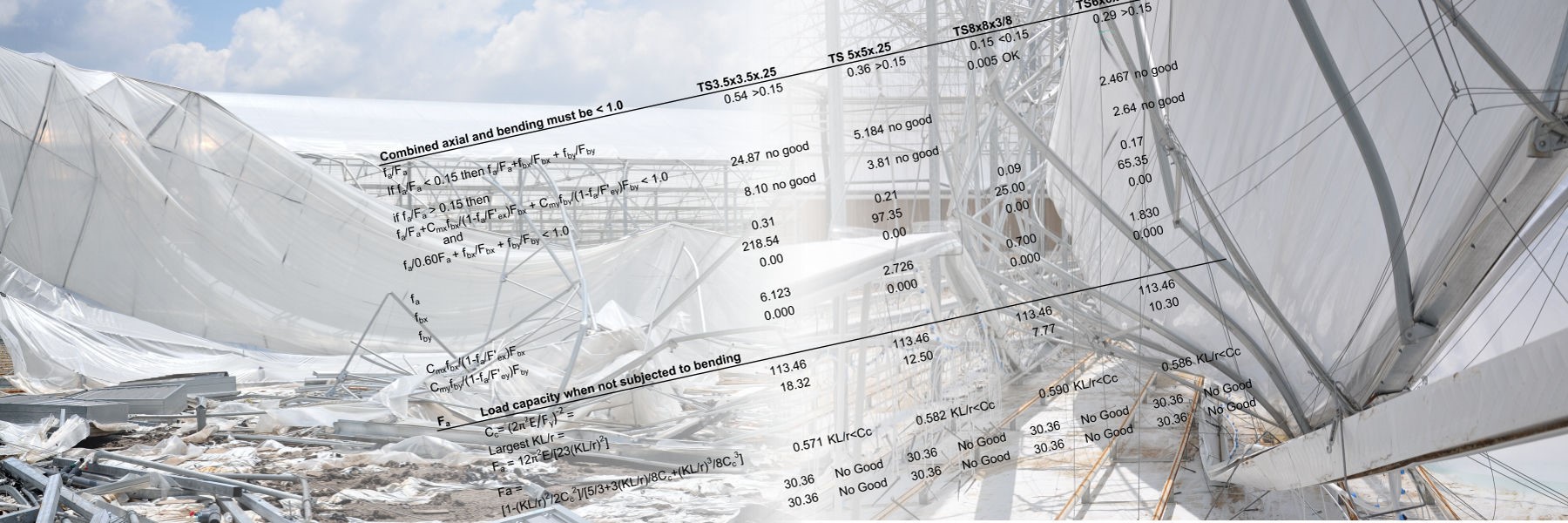
STRUCTURAL COLLAPSE
Building structure is a system of connected components that resist forces imposed by nature and people. Ultimately the building system must transmit loads to the foundation where they can be dissipated into the ground. The system fails when a load by itself or in combination with other loads exceeds the capacity of the materials. All structural systems attempt to reach a point of equilibrium. If that point falls within the capacity of the materials then the structure is stable. Otherwise, collapse ensues.
Collapse can be partial or total, slow or catastrophic. Structures can fail when excessively loaded, when improperly constructed, when improperly designed, or when subjected to deterioration.
Key Issues:
- What precipitated the collapse?
- Where did the collapse originate?
- How did the failure propagate?
- Which member(s) failed initially?
- Which members failed as a result of the initial failure?
- Was the failure due to a single cause or the result of a chain of events?
- Was the structure designed and constructed according to building code and industry standard?
- Could the failure have been foreseen and prevented?
